HISTORY
-

Foundations of a fortified castle of the Hellenistic era at the location of Hellenica shortly before the mountain pass of Aghia Paraskevi in Sela.
-

Ruins of a stronghold of the Hellenistic era on the Xylokastro mountain peak, which supervised the strait between Etoloakarnania and Kalamos.
-

Foundation inscription of a residence dated 1825.
-

The castle of Episkopi built in the later Roman/early Byzantine era with its main mission being that of controlling shipping in the strait of Kalamos – Mytikas Etoloakarnanias.
-

The church of Aghii Anargyri with the miraculous icon of the Holy Virgin.
-

The little church of Aghia Paraskevi in Sela.
-

Interior of the little church of St. George in the settlement of Episkopi.
-
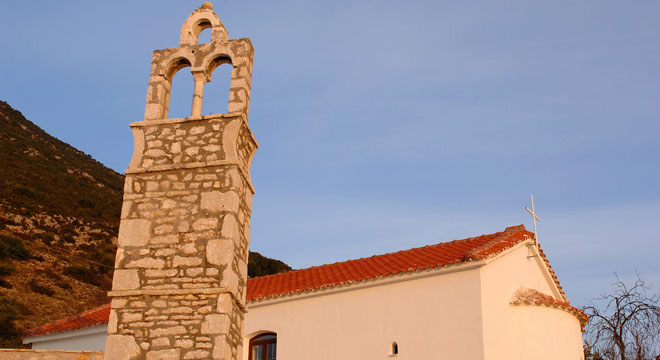
The church of St. George in Kalamos with its remarkable bell tower featuring characteristics of the Ionian Sea islands’ (the so called ‘Eptanisos’) architecture.
-
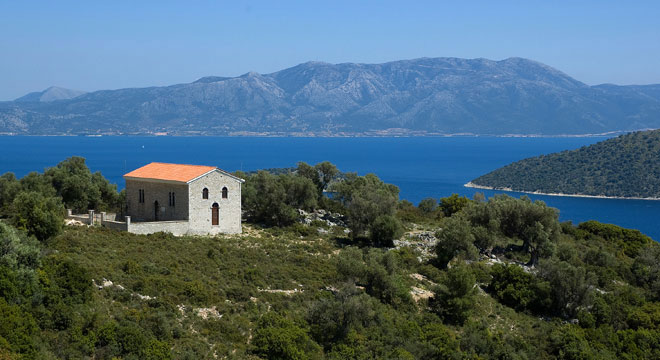
The recently renovated church of St. Gerasimos on the path from Kalamos to Kefali which is encountered in the first minutes of the route.
-

The little church of St. Constantine is still located beside the sea. The church with its special architectural features aging in the saltiness.
-

The ruins of one of the two windmills in Kefali.
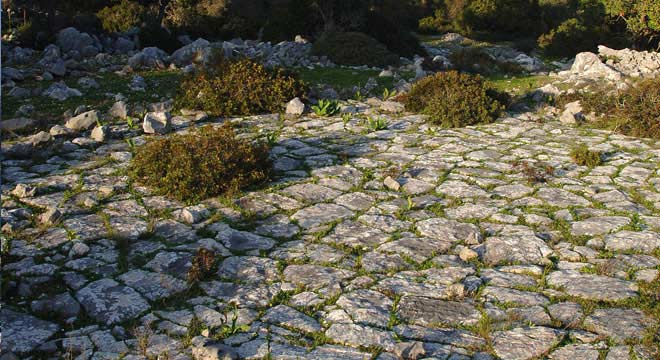
A threshing floor in Pano Kefali hidden somewhere in the age-old olive grove.
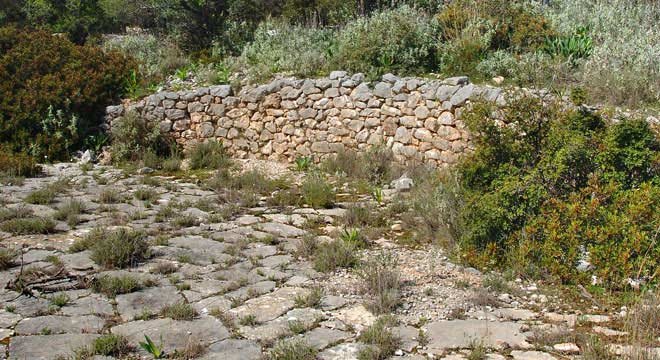
One more threshing floor on the road from Kalamos to Kefali.

The remainder of the old picturesque path connecting the two settlements of the island – Kalamos and Kefali.
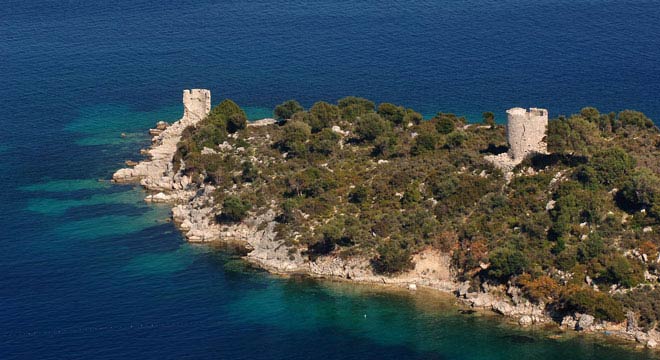
Two derelict windmills at the entrance to the gulf of Kefali.

One of the tens of the island’s lime kilns.
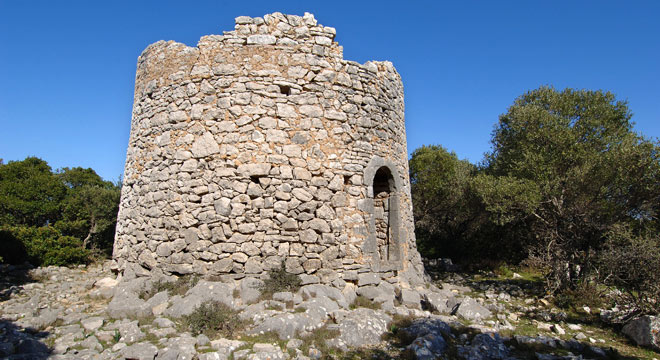
The windmill in Petri.


















